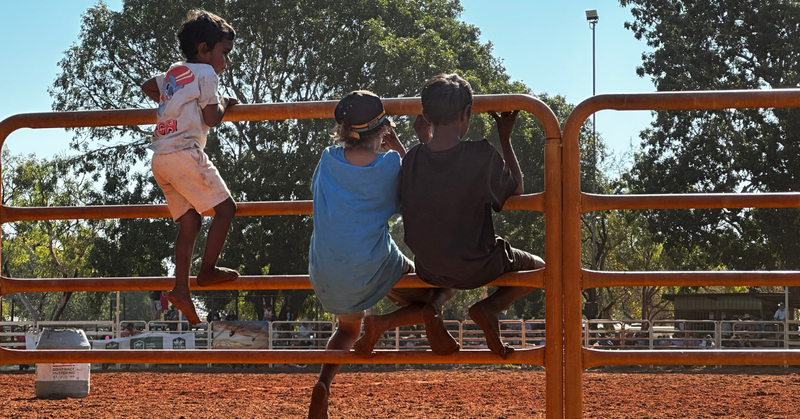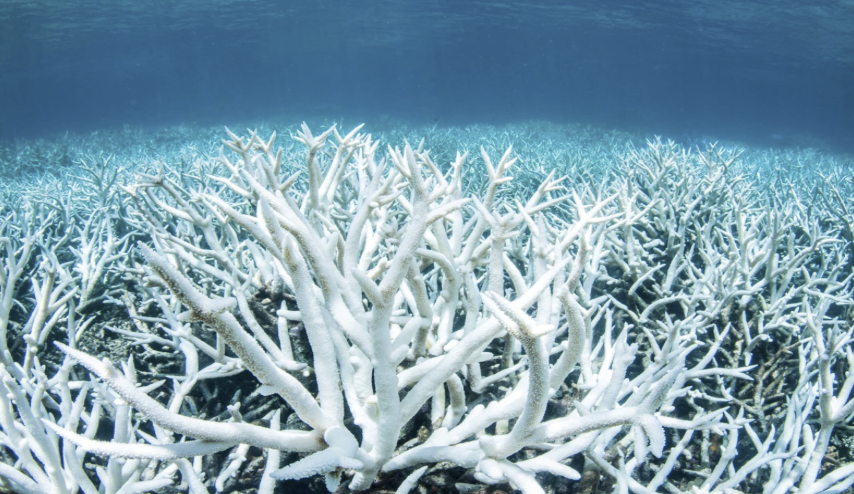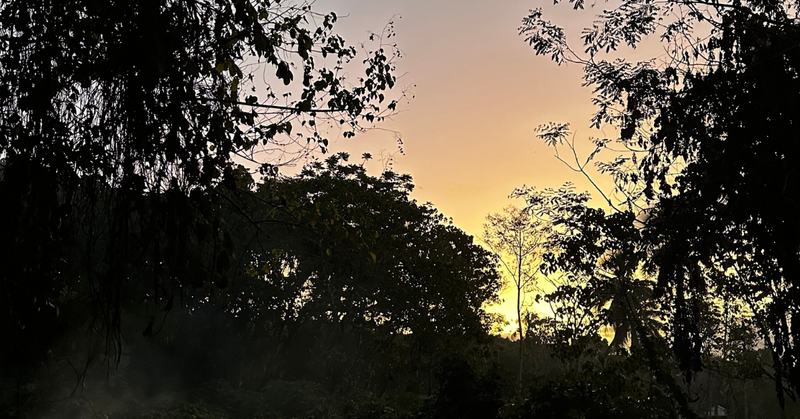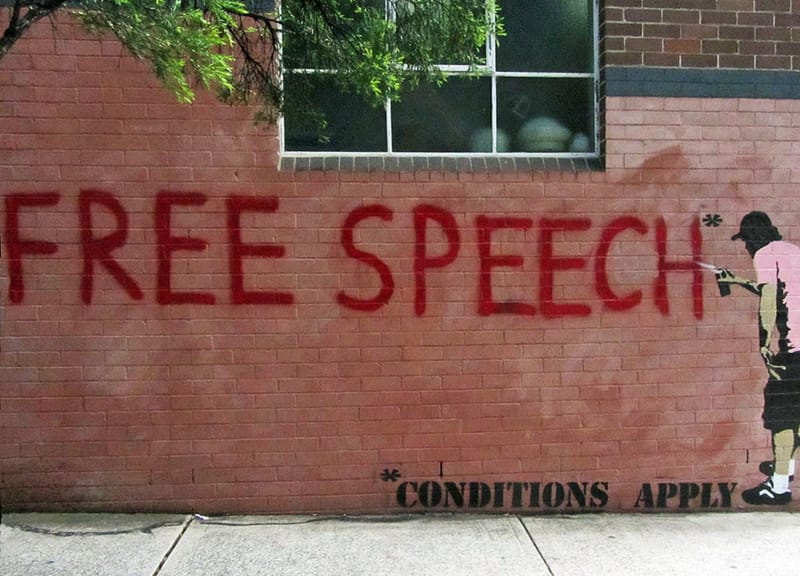Between Two Worlds
Preparing for the worst while hoping for the best
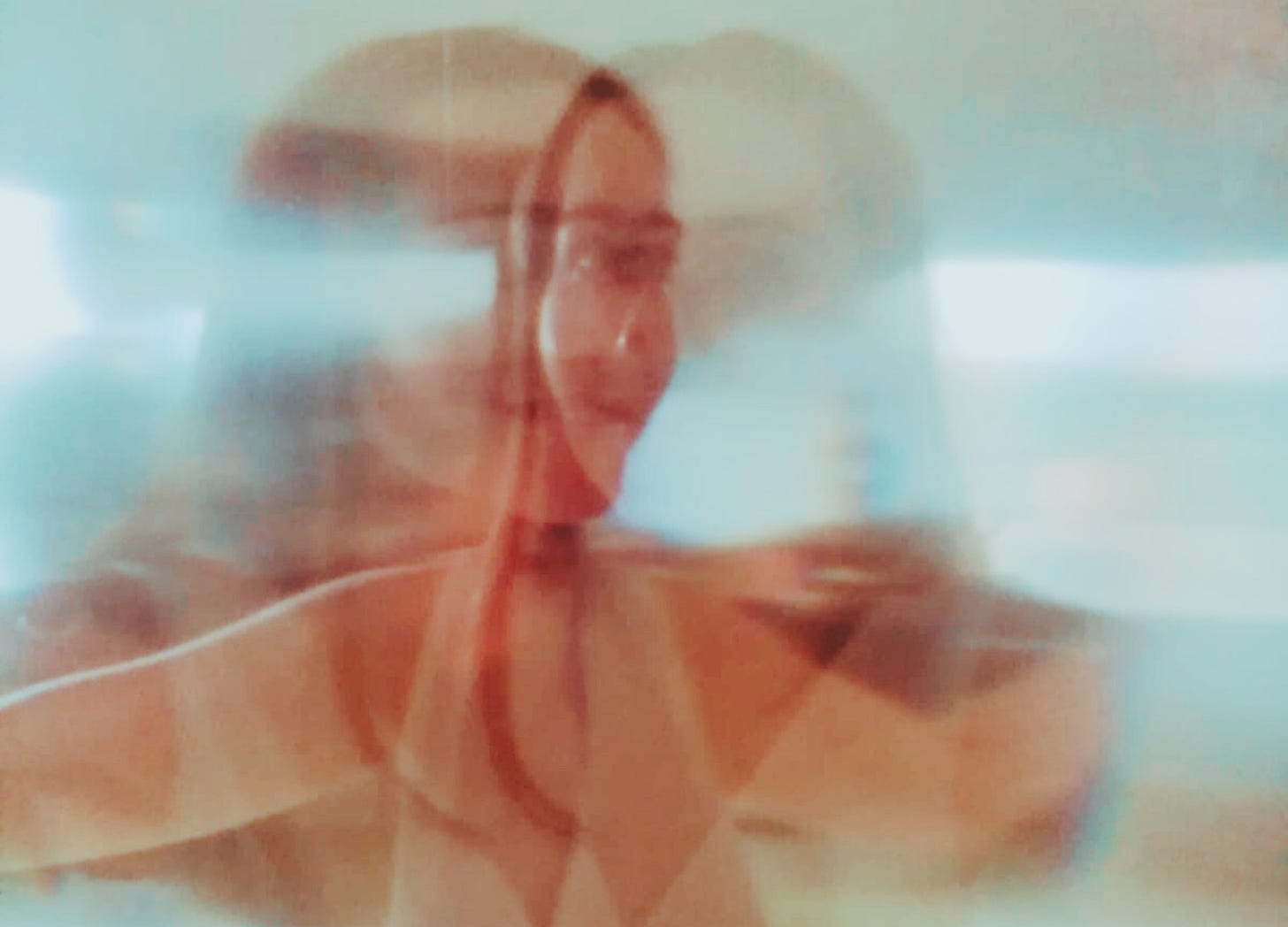
When I first became self-employed a decade ago, my wise and responsible aunt, who has been a self-employed photographer all her life, sat me down to have a conversation about my future finances. She explained all the different ways I could create a pension for myself, suggesting a diverse portfolio in order to secure my eventual old age. When she asked what route I would take I told her, very simply: “I don’t think any of that will exist as it does now in fifty years.”
I had no reason to think that way. Except, I did. I was fifteen during the 2008 global recession and noticed how the world of ordinary folk never quite recovered. I was at university when people started talking about the middle class shrinking and, some years later, when my first friends started making their way onto the property ladder, I was horrified by how much more money they were having to pay than their parents. We had been told that the markets recovered after 2009, but all I saw was a growing wealth gap. At the time, I had no education about energy sources, material consumption or even planetary boundaries, and it was long before I would read the University of Exeter’s Planetary Solvency report which warns our global economy will crash by 50% before the end of this century if we continue to exploit Earth’s body at this rate. I didn’t know any of that yet, but the simple fact of our financial mechanisms creating inequality seemed, to me, wholly unsustainable. I began to make decisions for a future that didn’t yet exist, rejecting the belief that a career, mortgage and pension would provide security.
To say I had a plan would give me far more credit than I am due. I had some guiding principles, and, beyond that, nothing more than a wing and a prayer. I figured, if the world wasn’t working out the way I’d been promised, why should I behave the way I’d been told? So I left my graduate job in London and moved abroad. I learned a second language, how to teach, and earned enough to get by in European cities far cheaper than my home country. I wrote every day and devoured books again like I was a child. I didn’t get that far away physically but, mentally, I was on another plane. Every weekday spent reading or in a cafe with friends felt like a small rebellion. It felt like freedom.
I remember, vividly, having a conversation about money with an old friend who had ground through her medical degree and worked upwards of 80 hours every week at a hospital. She asked why it didn’t terrify me to earn around 15,000 euros per year. How could I possible feel free when I was objectively missing out on all the life experiences I couldn’t afford?
“I could book a holiday to Thailand tomorrow if I wanted and not worry about money,” she insisted. “Don’t you want that?”
“You could book it tomorrow but you couldn’t go tomorrow,” I responded. “And you wouldn’t be able to even go this year if you’ve already used up all your holiday time.” She struggled to believe that I wasn’t broke, but rather quite happy living differently within my means. I told her: “I have enough money, and it affords me time.”
I was rolling in time, and it gave me space to withdraw from the habits, patterns and superstructures which dominated the culture I grew up in. The more I withdrew, the more clearly I could see the shape of where I came from. I didn’t know yet where I was going, but wherever that was seemed less absurd than buying into a life which was dramatically diminishing as living costs soared.
That said, I had plenty of wobbles. I remember panicking when I was 27 that my intuition was wrong and that I was always going to play catch-up. I tried to get back in the rat race but my smorgasbord CV never got me an interview. I was too far gone in the wrong direction. I had boxed myself out. Feeling like I had something to offer and nowhere to go, I started a podcast. The advice of a friend in early 2021 to host it on a little-known website at the time called Substack was nothing short of pure luck.
I now have lots of information to buttress the intuition that started me down this path a decade ago, enough to formulate where I’m going. We are witnessing and living through the rapid degradation of energy fuels, state services, social equality and quality of life. Even if the unthinkable happens and we change course at the last moment, the world is going to look very different in twenty years. Whether or not this period will be described as a collapse is up to future historians. Simply, I do not think assuming it will all work itself out is worth the risk.
But collapse is normally a slow process, taking place over generations. Luke Kemp, who I interviewed for this week’s upcoming episode, describes this carefully is his astounding book documenting the conditions of historical collapses, Goliath’s Curse. People tend to not know they’re living through one until it’s much too late. Crucially, though, we tend to view collapse through the eyes of the 1%. Collapses have often benefited ordinary folk who are freed from the domination hierarchies which allowed a small group of individuals to accumulate wealth and power at the expense of everyone else.
However, the world has never before been so globalised. What we’re living through today could be a world first, bringing the one massive superstructure Goliath of industrialised capitalism tumbling down. The impact would be unspeakable. Planetary Solvency warns 4 billion people could be dead before the end of this century due to over-exploitation triggering collapse.
Investing in business as usual is absurd because it is deadly. I also sincerely hope, with every fibre of my being, that I am wrong about this being the most probable outcome. I hope we change course and decrease our material footprints and cap our energy consumption and redistribute wealth and decentralise our states. I hope we ban luxury consumption and invest in public infrastructure. I hope we prioritise sustainable reproduction over mindless production. I hope we rewild our forests and nurture our kinfolk. I cultivate such high hopes for humanity whilst planning for the worst. In this sense, unlike the brusque naivety of my early twenties in which I happily rejected the world I came from to the best of my abilities, I now live between two worlds.
This is the phrase the Elders in the Kimberley used to describe their Aboriginal youth who are caught between the teachings of their culture and the reality of living within Westernised culture. They don’t have their feet firmly in either, but go between both. The Elders were gently pragmatic in their analysis of the situation. The way back is closed and the way West would trigger the last breath of their culture. They want to help their children and grandchildren and great-grandchildren find a way to bridge them.
On last week’s episode, Kara Huntermoon advised we pick up skills for the future that we may not need but our children likely will as hobbies, formulating how to bridge between today’s world and a discontinuous future. Discussions in my own home recently have centred around how to bridge in the other direction, from a discontinuous present into the future of today’s world. Just as the Aboriginal Elders do not fantasise about going back to before the White Man because the White Man came, fantasies about solitary agrarian idyll are as as illusory as the unfettered growth of industrial exploitation. That world may yet again exist in the far future but, for now, those who invest in alternative futures will still have industrialised society as their neighbour. It will be a part of our children’s lives just as it is a part of ours, even if we squirrel them far away. We need to prepare not just for its worsening decline, but its drawn-out continuation.
I no longer think about my rebellion as a form of personal freedom. It is now a responsibility towards my community, the children I know and love, and the children I may know and love. Just as my aunt planned to help secure my future, so I plan to help secure theirs. The least I could do for them was divest from business as usual. The best I can do is plan for its continuity while carving out the necessary space and time for their own rebellions.
There is no going back. There is no going forward, either, when the path is giving way under your feet. The only thing to be done, in the great tradition of our species, is to strike out on unchartered territory, between what has been and what will be, between what is and what could be. The task of every parent and every ancestor is not finding bridges, but becoming them.
Planet: Critical investigates why the world is in crisis. Join subscribers from 186 countries to support the project today.
